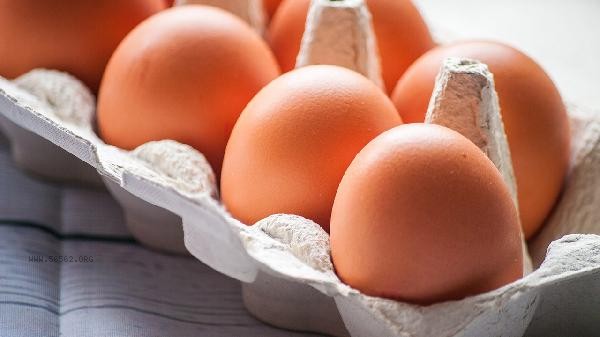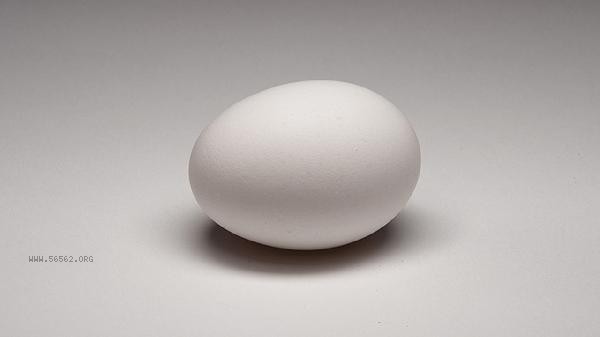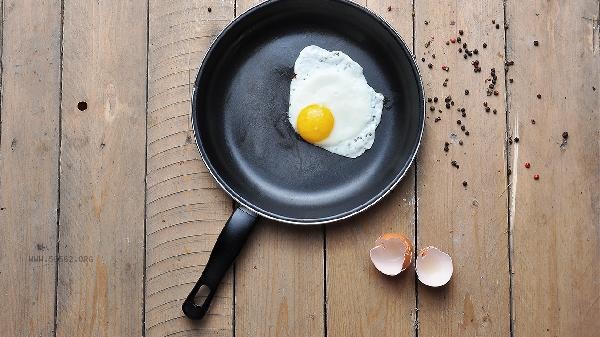It is recommended to use ceramic jars or glass containers for curing eggs. Plastic and metal containers are not suitable for long-term curing. Ceramic jars have good breathability and are light resistant, while glass containers are easy to observe the pickling process. Both can effectively isolate odors and bacterial contamination.

Ceramic jars are the preferred container for traditional egg marinating, with a microporous structure that allows for moderate air exchange, facilitating even salt penetration while avoiding the risk of spoilage caused by direct sunlight. Clay material has natural antibacterial properties and is not prone to mold growth when stored for a long time. However, it is important to choose lead-free glaze products, disinfect with boiling water before use, and thoroughly air dry. Glass sealed jars are suitable for short-term pickling or small batch production. Their transparent properties make it easy to check the condition of eggshells and the turbidity of salt water at any time. It is recommended to choose wide mouthed styles for easy access and storage. When pickling, heavy objects should be used to press down on the eggs to ensure complete immersion. Although plastic buckets are lightweight and inexpensive, long-term exposure to high salt solutions may release harmful substances, especially accelerating the migration of plasticizers in high temperature environments, and there are safety hazards when pickled for more than two weeks. Metal containers are prone to electrochemical reactions with salt water, leading to container corrosion and egg odor. Stainless steel material is acceptable for short-term use, but uneven salt concentration may occur during the pickling process. Wooden barrels are less commonly used in modern households due to their pores being prone to residual bacteria and difficult to thoroughly clean.

When marinating eggs, the container should be thoroughly disinfected and kept dry. It is recommended to control the salt water concentration at around 20% and the ambient temperature at 15-25 ℃. Regularly check the inner wall of the container for mold stains. If using a glass jar, it should be stored in a cool and dark place. Traditional methods involve covering the container mouth with gauze to prevent dust, while modern methods recommend food grade silicone sealing caps. Regardless of the container used, the pickling time should not exceed 30 days. After opening, it should be refrigerated and consumed within two weeks. If there is any abnormal odor or softening of the eggshell, it should be discarded immediately.









Comments (0)
Leave a Comment
No comments yet
Be the first to share your thoughts!